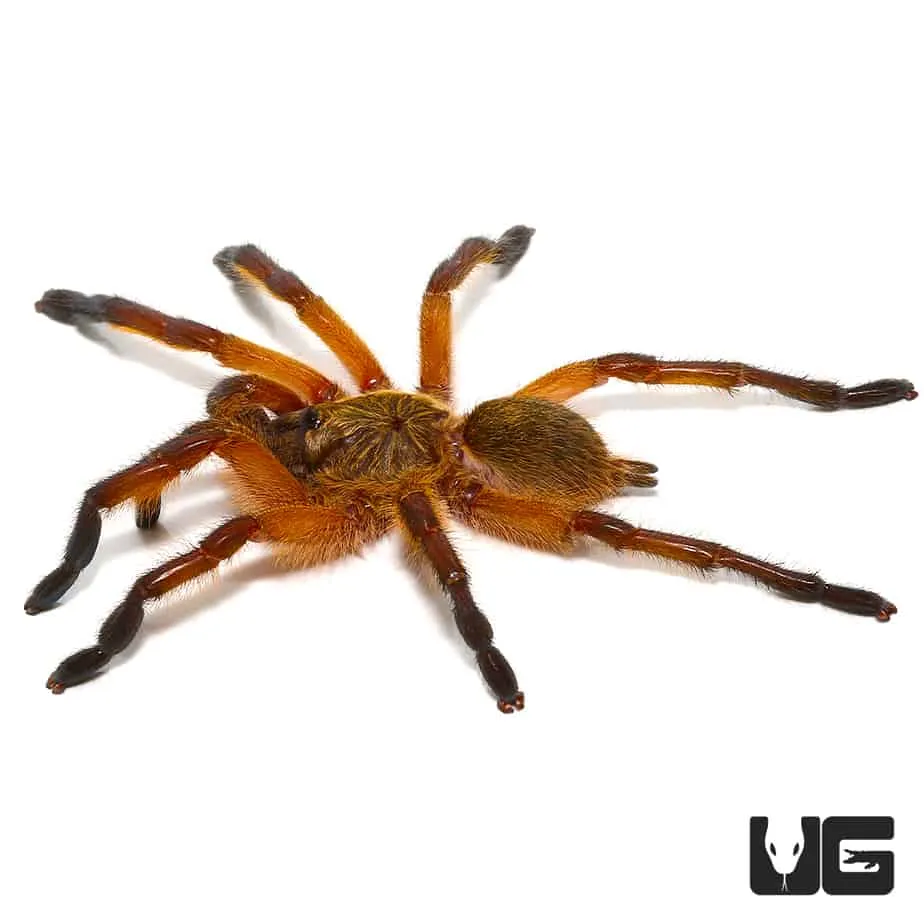What is a Blue Leg Beauty Tarantula
The Blue Leg Beauty Tarantula, scientifically known as Cyriopagopus minax, is a captivating species within the tarantula family, highly sought after by arachnid enthusiasts. Native to the dense forests of Myanmar, this tarantula captivates with its striking appearance and relatively manageable temperament. It’s a popular choice for hobbyists. Their beauty is a huge part of their appeal. They are a medium-sized tarantula, known for its vibrant coloration and intriguing behaviors. Understanding this species requires a look into its characteristics, care requirements, and fascinating life cycle.
Appearance and Characteristics
The Blue Leg Beauty Tarantula is immediately recognizable for its stunning coloration. The legs of this tarantula are a vibrant, almost iridescent blue, which contrasts beautifully with its darker body. The carapace, or the top part of its cephalothorax, often displays a rich brown or bronze hue, while the abdomen is typically darker, providing a striking visual appeal. Their size varies, but typically, adult females can reach a leg span of up to 6 inches, while males are often slightly smaller. Their overall appearance is one of elegance and beauty, making them a prized possession for any tarantula enthusiast. Observe the Blue Leg Beauty Tarantula’s vibrant coloration to notice the different details, such as the body hair.
Habitat and Natural Range
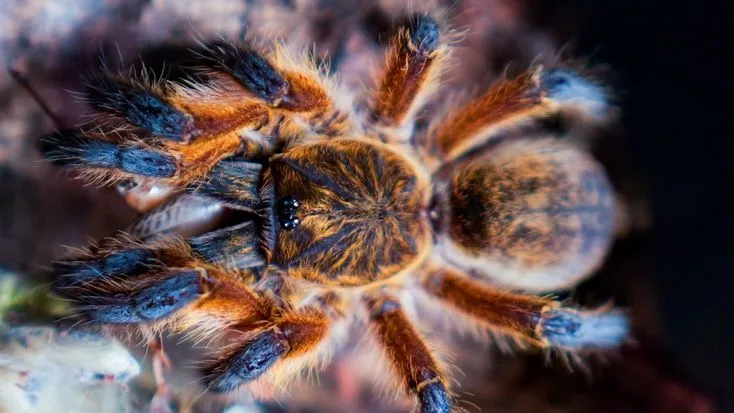
These tarantulas are native to the humid, tropical environments of Myanmar. They thrive in the dense, forested areas where they can find shelter under rocks, logs, and within burrows in the ground. The natural habitat of the Blue Leg Beauty Tarantula is characterized by high humidity levels and a consistent temperature. They are terrestrial spiders, spending most of their time on the ground, which influences the enclosure setup needed for them in captivity. This species’ preference for a humid environment means that the correct setup is critical for its survival and well-being, ensuring it can thrive as it does in its native habitat.
Top 5 Facts About Blue Leg Beauty Tarantulas
Their Striking Coloration
The most immediately noticeable feature of the Blue Leg Beauty is, of course, its stunning blue legs. This coloration serves multiple purposes, including potential camouflage within their natural environment. The vibrant blue is not just a visual spectacle; it can also play a role in attracting a mate during the breeding season. The intensity of the blue can vary slightly depending on the individual spider, its age, and its health, but the overall effect is always striking and memorable, making this tarantula a true gem in the arachnid world.
Nocturnal Hunters
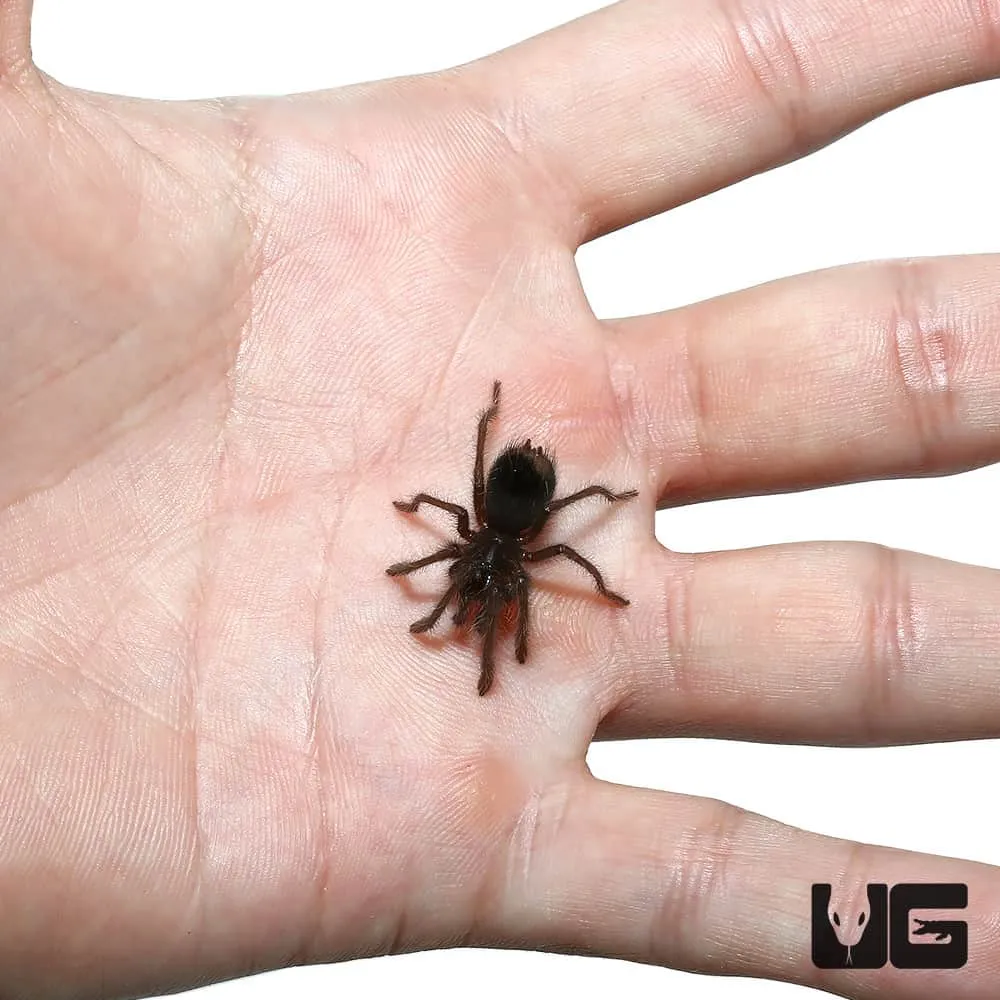
Blue Leg Beauty Tarantulas are primarily nocturnal hunters. They are most active during the night, using this time to search for prey. Their nocturnal behavior is an adaptation to their environment, allowing them to avoid the heat of the day and to hunt when their prey is most active. In captivity, this means that feeding is best done in the evening, allowing the tarantula to hunt in accordance with its natural instincts. They are ambush predators, waiting patiently for their prey to come within striking distance.
Relatively Docile Temperament
Compared to some other tarantula species, the Blue Leg Beauty is known for its relatively docile temperament. While all tarantulas should be handled with care and respect, this species is less prone to exhibiting aggressive behaviors. This trait makes them a suitable choice for those new to tarantula keeping, although it is important to remember that each spider has its own personality. However, this doesn’t mean they are completely without defense; they may flick urticating hairs as a defense mechanism. Handling should always be done with caution and awareness.
Lifespan and Growth
Blue Leg Beauty Tarantulas have a lifespan that varies between males and females. Females can live for a relatively long time, often up to 12-15 years, while males typically have a shorter lifespan, often around 3-5 years. Their growth rate is influenced by factors such as diet, temperature, and humidity. Like all tarantulas, they molt periodically, shedding their exoskeleton to grow. Each molt is a crucial part of their life cycle, marking periods of growth and development. Proper care is important to support healthy molting and overall longevity.
Defensive Mechanisms
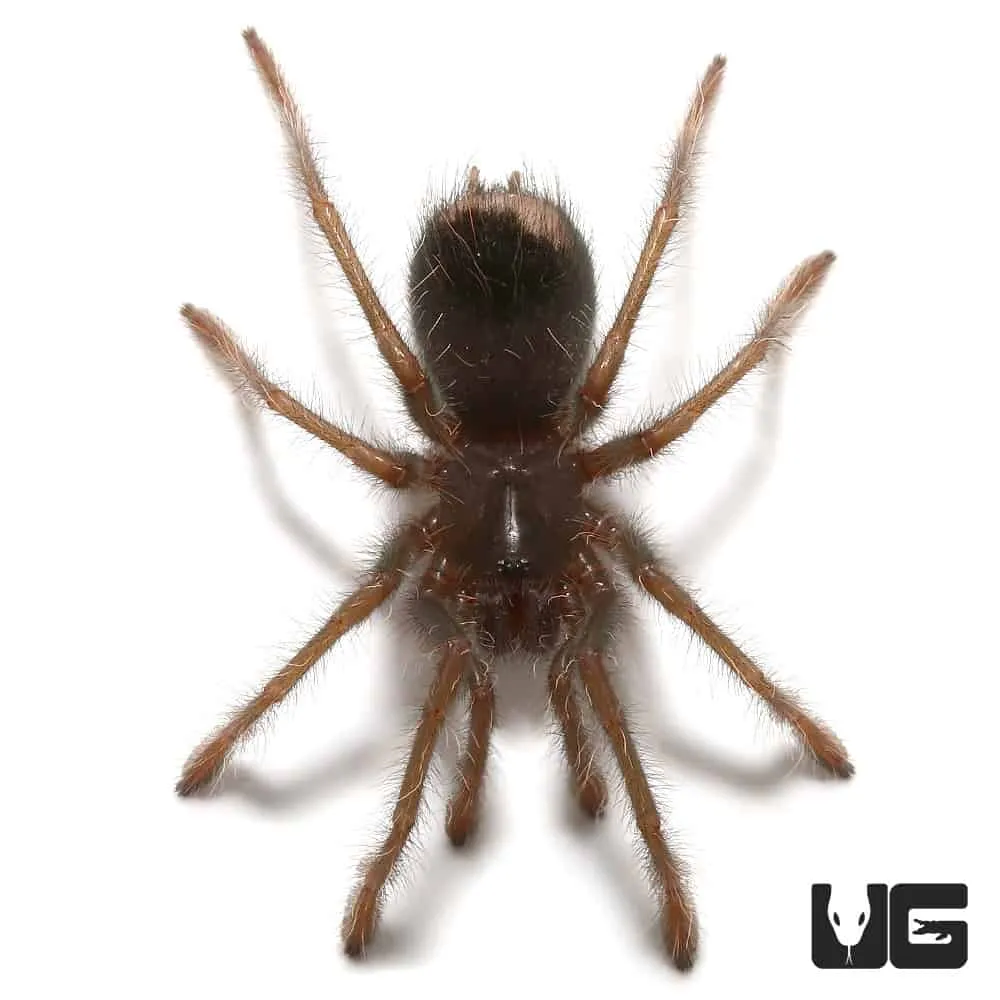
While generally docile, the Blue Leg Beauty Tarantula does possess defensive mechanisms. One such mechanism is the ability to flick urticating hairs from their abdomen, which can cause skin irritation and discomfort if they come into contact. They can also bite if they feel threatened, though this is rare. This serves as a warning to potential predators and a defense strategy. Understanding these mechanisms is crucial for handling them safely. Keeping a respectful distance and being aware of their potential defenses are key to a positive interaction.
Caring for a Blue Leg Beauty Tarantula
Enclosure Setup
The enclosure for a Blue Leg Beauty Tarantula should mimic its natural habitat. A suitable enclosure should be made of glass or acrylic, with a secure lid to prevent escapes. The size of the enclosure should be proportional to the spider’s size, with a minimum size of 10 gallons for a juvenile and 20 gallons for an adult. The substrate should be a mix of eco-earth, peat moss, and vermiculite to retain humidity. Provide hiding places such as cork bark, artificial plants, and sturdy decorations. Good ventilation is also important to prevent mold growth, but it is crucial to maintain the correct humidity levels.
Temperature and Humidity
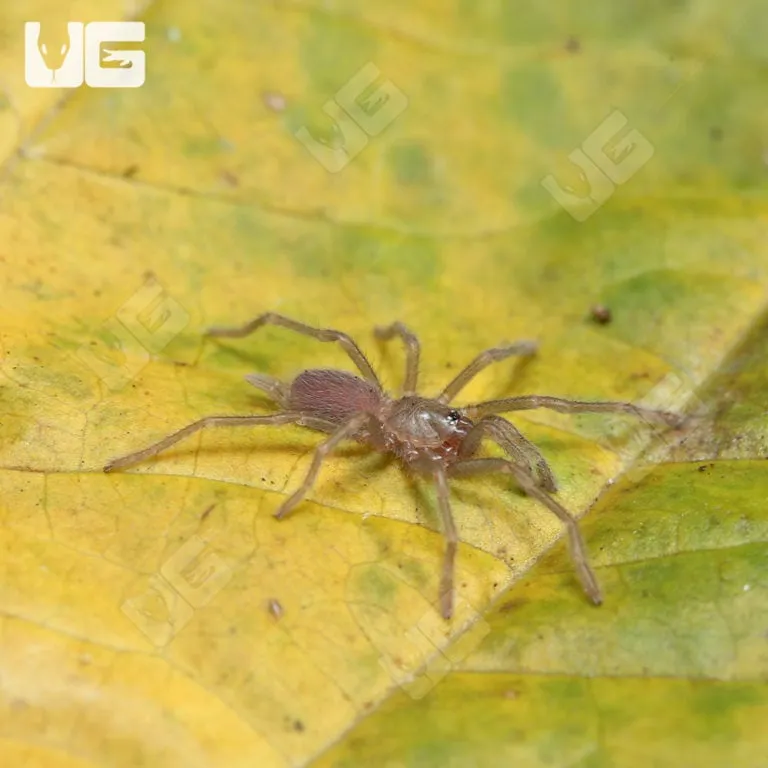
Maintaining the correct temperature and humidity is vital for the health of your Blue Leg Beauty Tarantula. The ideal temperature range is between 75-85°F (24-29°C). You can use a heat mat placed on the side of the enclosure to maintain the temperature. Humidity should be kept between 70-80%. Use a hygrometer to monitor the humidity levels and mist the enclosure with dechlorinated water as needed. Avoid direct sunlight and drafts. Consistent monitoring is essential to ensure that these conditions remain stable, which will help your tarantula thrive.
Feeding and Diet
Blue Leg Beauty Tarantulas are carnivorous and their diet should consist primarily of insects. Crickets, roaches, and mealworms are all suitable options. The size of the prey should be appropriate for the size of the tarantula, with the general rule being to offer food items that are no larger than the spider’s abdomen. Feed juveniles 2-3 times a week and adults once a week or every other week, depending on their feeding response. Provide a shallow water dish with fresh water at all times. Remove any uneaten food within 24 hours to maintain a clean and healthy environment.
Handling and Interaction
Handling a Blue Leg Beauty Tarantula should be done with caution and only when necessary. While they are relatively docile, all tarantulas can bite or flick urticating hairs if they feel threatened. If you choose to handle your tarantula, do so close to the ground. Encourage the tarantula to walk onto your hand rather than grabbing it. Avoid sudden movements and always be gentle. Always wash your hands before and after handling. It is generally better to observe your tarantula in its enclosure to minimize stress and potential injury to both you and the spider.
Health and Common Issues
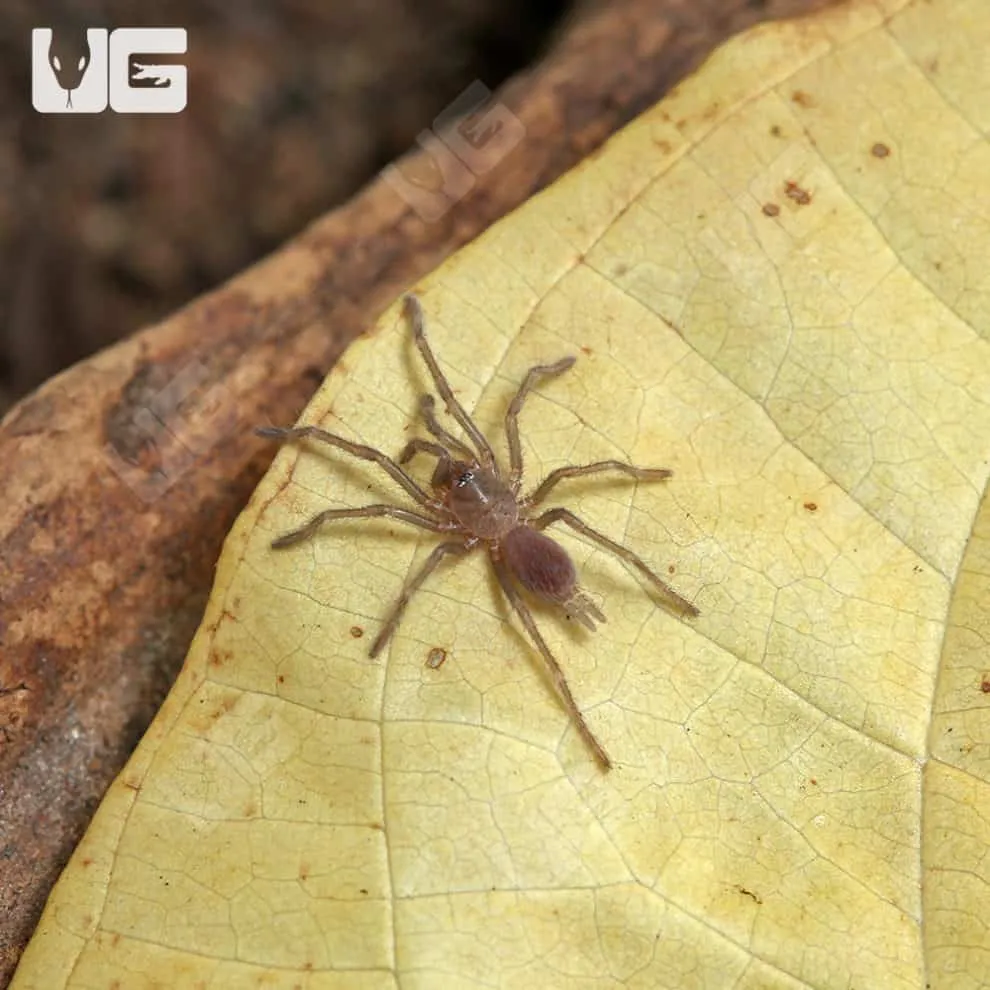
Like all tarantulas, Blue Leg Beauties can experience health issues. Some common problems include dehydration, parasitic mites, and issues during molting. Dehydration can be caused by inadequate humidity or lack of access to water. Mites can infest the tarantula and cause irritation and stress. If the tarantula is having trouble molting, it could be caused by low humidity or other environmental factors. Regular observation of your tarantula is key. If you notice any unusual behavior or symptoms, such as loss of appetite, lethargy, or mites, it is important to consult with an experienced tarantula keeper or a veterinarian familiar with exotic pets.
Caring for a Blue Leg Beauty Tarantula is a rewarding experience, offering a glimpse into the fascinating world of arachnids. By providing the correct environment, a balanced diet, and careful handling, you can ensure the health and well-being of your pet, and enjoy the beauty of this stunning species for years to come.
